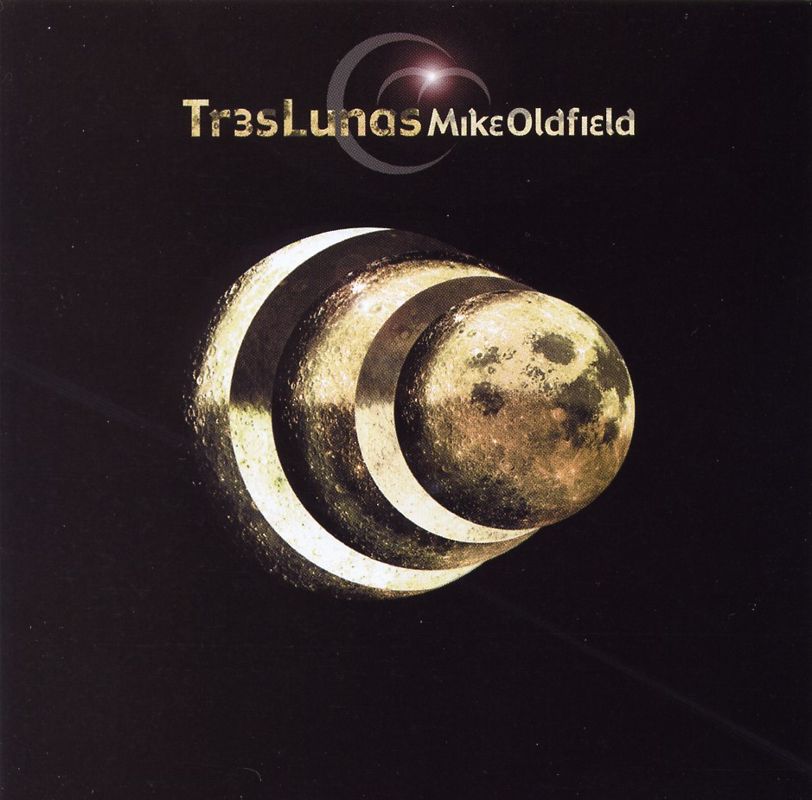Retro Replay Review
Gameplay
MusicVR Episode 1: Tr3s Lunas offers a unique, open‐ended gameplay experience that breaks away from traditional objectives. Instead of battling foes or completing tightly scripted missions, players are encouraged to wander through a surreal landscape shaped by Mike Oldfield’s ethereal soundscapes. The only tangible goal is to collect seven hidden golden rings, but the true reward lies in stumbling upon unexpected vistas, ambient creatures, and interactive objects along the way.
(HEY YOU!! We hope you enjoy! We try not to run ads. So basically, this is a very expensive hobby running this site. Please consider joining us for updates, forums, and more. Network w/ us to make some cash or friends while retro gaming, and you can win some free retro games for posting. Okay, carry on 👍)
Interaction in Tr3s Lunas is delightfully minimalistic. Movement and exploration are handled with straightforward controls, allowing you to focus on the environment rather than complex button combinations. Floating platforms respond to your presence, musical cues shift as you approach certain areas, and oddball characters greet you with cryptic gestures. This simplicity invites a meditative style of play—more akin to a digital art installation than a conventional video game.
While there are occasional puzzles, like aligning floating crystals or guiding small creatures to light sources, none present a true challenge or risk. Instead, these tasks serve as gentle incentives to explore further. There’s no timer, no health bar, and no failure state; lost rings simply respawn or can be re-collected at your leisure. This relaxed structure may frustrate players seeking clear objectives, but for those open to discovery and atmospheric immersion, Tr3s Lunas shines.
Graphics
Tr3s Lunas’s graphics lean heavily into surrealism and abstraction, reflecting the avant‐garde sensibilities of Mike Oldfield’s music. Environments shift from reflective lakes under twin moons to floating islands adorned with crystalline flora. Simple geometric shapes blend seamlessly with organic textures, creating dreamlike vistas that pulse in time with the soundtrack. Though the visuals aren’t pushing the latest ray‐tracing technology, they possess a striking cohesiveness that feels crafted by a visionary artist rather than a traditional game studio.
Character models and creatures are intentionally minimalist yet evocative. Wispy silhouettes drift through the sky, curious animals approach in slow, graceful motions, and enigmatic statues seem to observe your progress. Lighting is used to dramatic effect—soft glows, color gradients, and occasional lens‐flare bursts heighten the sense of otherworldliness. Performance on modern hardware remains smooth, with loading times kept to a minimum so that the illusion of a boundless world is never broken.
Textures are often stylized rather than photo‐realistic, reinforcing the abstract tone of the game. Surfaces ripple like water or shimmer as if alive, and certain objects appear to be painted in vibrant neon strokes. Far from feeling cheap or dated, this aesthetic choice underscores the artistic ambition of Tr3s Lunas and complements Oldfield’s genre-defying compositions. It’s a visual journey that prioritizes mood and creativity over realism.
Story
There is no conventional narrative in Tr3s Lunas—no defined protagonists, antagonists, or linear plotline. Instead, the game invites you to weave your own story through exploration. Mike Oldfield’s background as a boundary‐pushing composer is echoed here: Tubular Bells was hailed as groundbreaking in 1973, and Tr3s Lunas continues that tradition by dissolving barriers between music, art, and gameplay. The “story” is whatever you make of the ever‐changing dream world you traverse.
Occasional audio logs and cryptic glyphs hint at a deeper mythology—ancient civilizations that revered sound, cosmic forces that shape reality, and mysterious entities that guide or mislead travelers. However, these fragments never coalesce into a single, authoritative narrative. Instead, they serve as invitations to speculate and fill in the blanks, much like interpreting an abstract painting or an avant‐garde composition.
Ultimately, Tr3s Lunas’s storytelling resides in the emotional resonance of its environments and music. As you uncover hidden spaces and collect golden rings, you may experience moments of wonder, calm, or even playful curiosity. The absence of pressure or forced plot twists allows the player’s imagination to roam freely—making each session a personal, introspective journey rather than a prescribed adventure.
Overall Experience
MusicVR Episode 1: Tr3s Lunas is best approached as an interactive art piece rather than a mainstream title. It excels at creating a serene, contemplative space where the boundaries between music and visuals blur. If you appreciate Mike Oldfield’s avant‐garde roots—dating back to the haunting melodies of Tubular Bells—you’ll find Tr3s Lunas to be a fitting extension of his artistic vision, inviting you to wander at your own pace.
For players craving structured challenges, boss fights, or a clear narrative thread, Tr3s Lunas may feel too diffuse. Yet for those open to exploratory gameplay, minimal friction, and a soundtrack that shifts with your movements, the experience is genuinely rewarding. The lack of a “correct” way to play becomes a strength, encouraging repeated visits to uncover new musical layers and visual surprises.
In sum, Tr3s Lunas stands out as a pioneering experiment in music‐driven game design. Its tranquil gameplay, abstract graphics, and nontraditional storytelling coalesce into an experience that defies easy categorization. While it may not appeal to every gamer, those willing to embrace its meditative pace and artistic ambition will discover a rare, dreamlike world crafted by one of music’s true innovators.
 Retro Replay Retro Replay gaming reviews, news, emulation, geek stuff and more!
Retro Replay Retro Replay gaming reviews, news, emulation, geek stuff and more!









Reviews
There are no reviews yet.